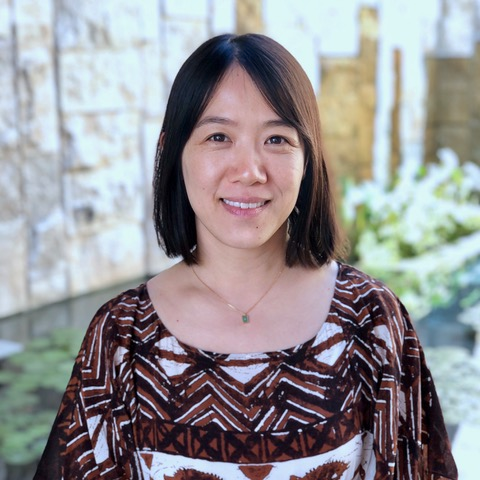PDF of Prof. Li's Article | Prof. Li's Reflection
Collaborative Online International Learning
By: Yu Li
COIL (Collaborative Online International Learning), may be a new acronym to some of us, but the concept and practice of COIL may in fact be familiar. Typically, a 4-8-week module embedded in a course, COIL involves 2+ instructors and 2+ groups of students from different institutions, cultures, and geographic locations collaborating online to accomplish shared learning tasks and goals. COIL is thus inherently intercultural. Sometimes it involves the use of multiple languages among partners. It is also well suited for interdisciplinary collaborations, for example, by bringing together anthropology and architecture students in creating culturally responsive building designs. COIL is a (near-)zero-barrier way to broaden access to international learning for our students. Yet it is different from “virtual study abroad.” In achieving shared objectives, COIL partners sustain deep project-focused collaborations over an extended time and often develop long-lasting relationships beyond the project itself. It is the building of such strong intercultural relationships that makes learning through COIL different. COIL can be a powerful approach to global learning in our intensely interconnected world. When we are increasingly faced with challenges that no single country or culture can deal with on its own (https://www.globalgoals.org/), COIL can engage young thinkers and problem solvers with diverse perspectives in working together. COIL can also be “a great equalizer,” offering a space to those who often do not get to listen and those who are rarely heard. At LMU, faculty interested in using COIL in their own teaching receive support from the CTE and the Global-Local Affairs Office. Following the COIL Info Session on April 11, a pedagogy-focused workshop on COIL module design has been planned for Fall 2023. What might you like to COIL around?
Yu Li

Yu Li is Assistant Professor of Chinese in the Department of Modern Languages and Literatures. Her research centers on linguistic landscape with a focus on social semiotics, intercultural communication, and transcultural and translingual pedagogy. Her first book, The Chinese Writing System in Asia: An Interdisciplinary Perspective, was published by Routledge in 2020. It offers a culturally rich study of the Chinese script, integrating a broad range of disciplinary perspectives on how the Chinese writing system shapes personal and social identities in and beyond Asia. Her current project examines the global use of the chop suey typeface invented in 1880s’ America to represent Chineseness. She teaches a broad array of courses in Chinese cultural history, linguistics, and language, including Global China, The Chinese Writing System, Chinese Calligraphy, and Chinese Food Cultures. She coordinates the Chinese program, co-organizes the interdisciplinary China Studies Group on campus, and serves on the Faculty Senate. She is committed to building and transforming global-local communities through education and research and is excited to be working closely with colleagues, students, and other members of the LMU community as part of the Global-Local Affairs team.